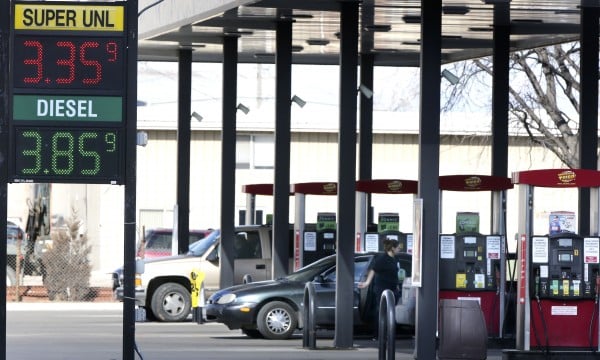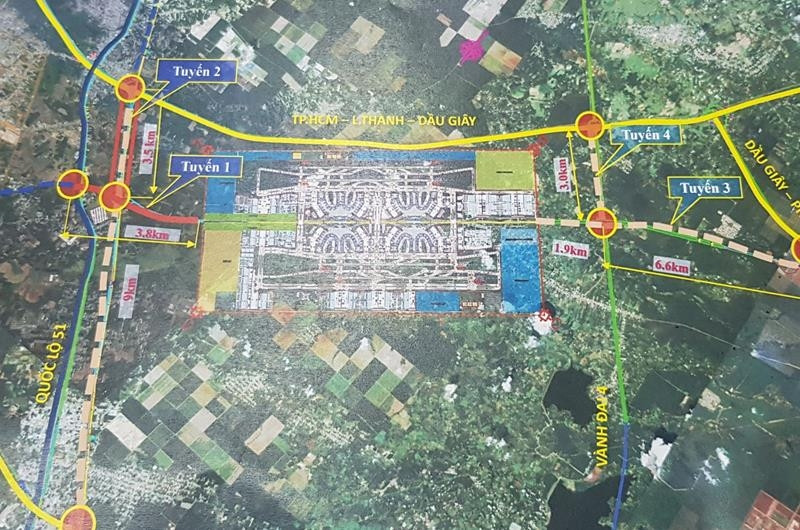Analysis: Average Gas Prices Climb Nearly 20 Cents Per Gallon

Table of Contents
Factors Contributing to the Recent Gas Price Surge
Several interconnected factors contribute to this recent spike in average gas prices and fuel costs. Understanding these elements is crucial to comprehending the current situation and predicting future trends.
Increased Crude Oil Prices
The most significant driver of the recent gas price surge is the increase in crude oil prices. Global crude oil prices are incredibly volatile, influenced by a complex interplay of geopolitical events, OPEC+ decisions, and overall global demand.
- Geopolitical Instability: Conflicts and tensions in oil-producing regions create uncertainty and disruption, impacting supply and driving up prices. The ongoing war in Ukraine, for example, has significantly impacted global oil markets.
- OPEC+ Decisions: The Organization of the Petroleum Exporting Countries (OPEC+) and its allies influence global oil supply through production quotas and agreements. Decisions to reduce production, even temporarily, can significantly impact crude oil prices.
- Global Demand: Increased global demand for oil, particularly from rapidly growing economies, puts upward pressure on prices. As the global economy recovers, the demand for oil continues to rise.
Refinery Capacity and Maintenance
Issues with refinery capacity and scheduled maintenance contribute to gasoline supply constraints, further pushing up prices.
- Bottlenecks and Outages: Unexpected refinery outages or reduced capacity due to maintenance or unforeseen issues create supply bottlenecks, resulting in higher prices at the pump.
- Seasonal Maintenance: Refineries often undergo scheduled maintenance during certain periods of the year. This planned downtime can temporarily reduce gasoline production and influence prices, particularly if it coincides with peak demand seasons.
Seasonal Demand and Driving Habits
Increased driving during summer months and holiday travel periods significantly impact demand for gasoline.
- Summer Driving: The warmer months typically see a surge in road trips and recreational driving, leading to increased fuel consumption and higher prices.
- Holiday Travel: Major holidays, such as Memorial Day, the Fourth of July, and Labor Day, witness substantial increases in travel, further boosting gasoline demand.
Inflation and Economic Factors
Broader economic conditions, including inflation, also play a crucial role in higher fuel costs.
- Inflationary Pressure: Rising inflation affects the prices of goods and services across the board, including gasoline. Increased production and transportation costs contribute to higher fuel prices.
- Consumer Spending: While higher gas prices impact consumer spending directly, the indirect effects on other sectors of the economy are also significant.
Regional Variations in Gas Price Increases
It's important to note that the increase in average gas prices isn't uniform across the country. Regional variations exist due to several factors:
- State and Local Taxes: Taxes on gasoline vary significantly from state to state, impacting the final price consumers pay.
- Distribution Costs: Transportation costs and logistical challenges in getting gasoline to specific regions can influence local prices.
- Local Market Dynamics: Supply and demand conditions in individual markets also contribute to price variations. A shortage of gasoline in one area can cause prices to spike locally.
Impact on Consumers and the Economy
The sharp increase in average gas prices has significant implications for consumers and the economy as a whole:
- Consumer Spending: Higher fuel costs directly impact household budgets, reducing disposable income available for other expenses.
- Inflationary Pressure: The rise in fuel prices contributes to overall inflationary pressure, affecting the cost of goods and services.
- Economic Impact: Higher transportation costs affect businesses, impacting supply chains and potentially leading to price increases for various goods.
Navigating the Rise in Average Gas Prices
The nearly 20-cent increase in average gas prices is a result of a combination of factors, including increased crude oil prices, refinery issues, seasonal demand, and broader economic conditions. This rise significantly impacts consumers and the economy. To mitigate the impact, consider fuel-efficient driving habits, carpooling, or using public transportation when possible. Stay informed about gas price fluctuations and monitor fuel price trends by checking reliable sources for updated information on average gas prices. Proactive monitoring of average gas prices is key to better financial planning in this volatile market.

Featured Posts
-
 Xay Dung Cau Ma Da Ket Noi Giao Thong Hai Tinh Dong Nai
May 22, 2025
Xay Dung Cau Ma Da Ket Noi Giao Thong Hai Tinh Dong Nai
May 22, 2025 -
 Trumps Proposed Golden Dome Missile Shield A Detailed Plan
May 22, 2025
Trumps Proposed Golden Dome Missile Shield A Detailed Plan
May 22, 2025 -
 Liga Natiunilor Scor Surprinzator Georgia 6 1 Armenia
May 22, 2025
Liga Natiunilor Scor Surprinzator Georgia 6 1 Armenia
May 22, 2025 -
 21 Year Old Peppa Pig Mystery Finally Explained Fans React
May 22, 2025
21 Year Old Peppa Pig Mystery Finally Explained Fans React
May 22, 2025 -
 Siren Julianne Moore Meghann Fahy And Milly Alcock Lead Netflixs Dark Comedy
May 22, 2025
Siren Julianne Moore Meghann Fahy And Milly Alcock Lead Netflixs Dark Comedy
May 22, 2025
